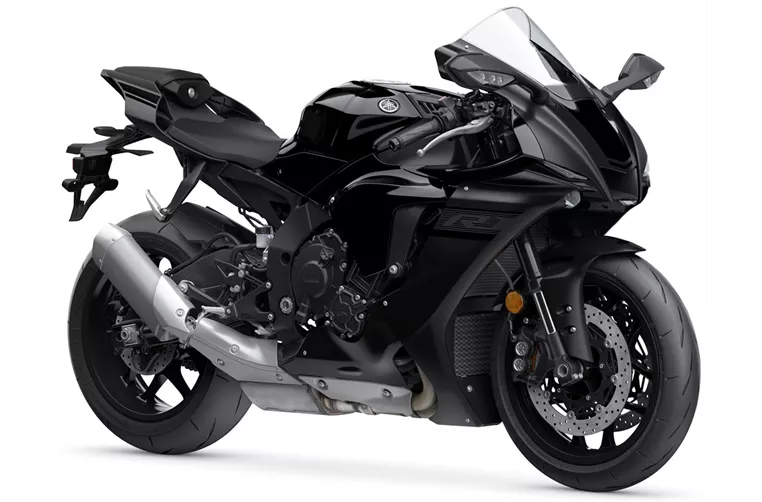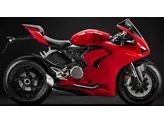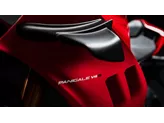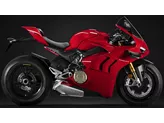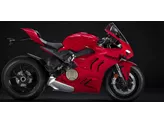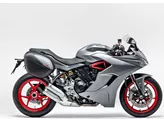Ducati Panigale V4 S 2018 vs. Yamaha R1 2020

Ducati Panigale V4 S 2018
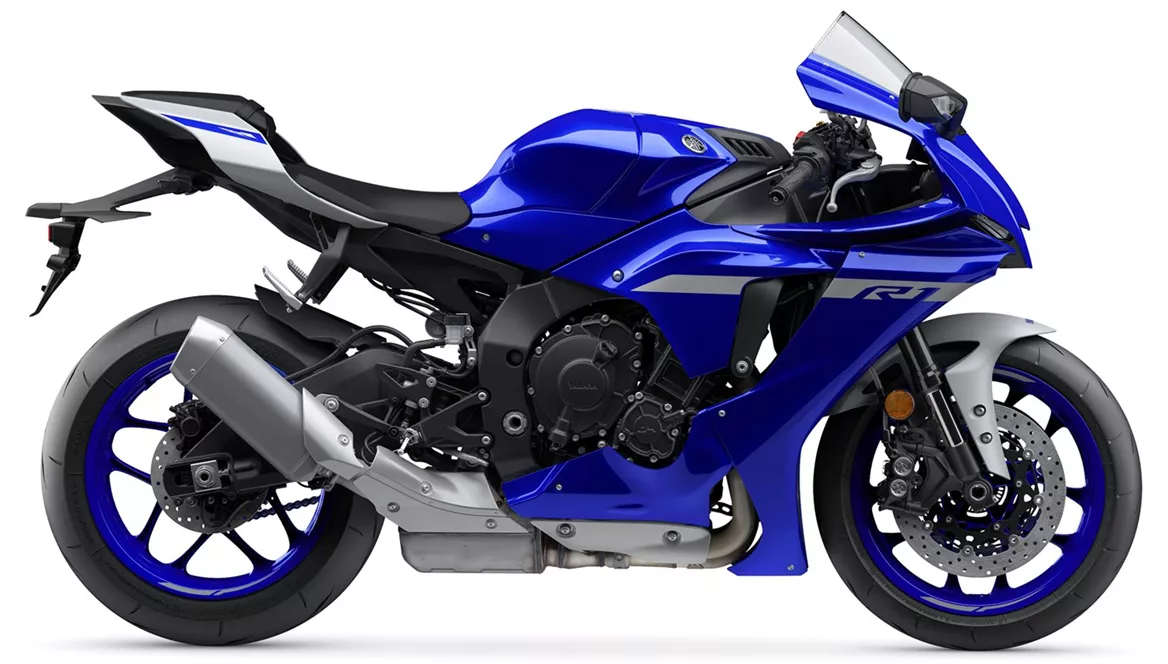
Yamaha R1 2020
Overview - Ducati Panigale V4 S 2018 vs Yamaha R1 2020
When comparing the Ducati Panigale V4 S 2018 and the Yamaha R1 2020, it is evident that both motorcycles have their own unique strengths and weaknesses.
Starting with the Ducati Panigale V4 S 2018, it is considered a dreambike with an excellent image. It boasts an impressive engine power of 214 HP and a torque of 124 Nm. The bike's engine has a displacement of 1103 ccm and features a Desmodromic valve system. The Panigale V4 S also has a compression ratio of 14 and is equipped with a 4-cylinder engine with 4 valves per cylinder.
In terms of suspension, the Panigale V4 S features an upside-down telescopic fork at the front. The frame is made of aluminum and is of the monocoque type. The front brakes consist of double disks, and the bike is equipped with advanced rider assistance systems such as ABS. The dimensions and weights of the Panigale V4 S include a front tire width of 120 mm and a diameter of 17 inches, a rear tire width of 200 mm and a diameter of 17 inches, a wheelbase of 1469 mm, a seat height of 830 mm, a kerb weight of 195 kg (with ABS), and a fuel tank capacity of 16 liters.

Ducati Panigale V4 S 2018
The strengths of the Ducati Panigale V4 S 2018 lie in its impressive engine power, excellent brakes, and a pleasant seating position that accommodates taller riders. It also offers an enormous lean angle potential and a leading electronics package. The bike's handling is considered ingenious, allowing riders to finish bends early and accelerate quickly. Both fast riders and hobby riders can make good use of the machine's potential within their own capabilities.
However, the Panigale V4 S does have some weaknesses. The seat tends to warm up noticeably, which can be uncomfortable in the summer. The seat-tank combination, although comfortable, offers little grip in the braking zone. Additionally, stability at the limit can be a concern, requiring caution with tuning measures and discipline with seat position on fast and bumpy sections.
Moving on to the Yamaha R1 2020, it also has its own set of strengths and weaknesses. The R1 is equipped with a powerful engine that delivers 200 HP and a torque of 112.4 Nm. The engine has a displacement of 998 ccm and features a DOHC valve system. Similar to the Panigale V4 S, the R1 has a 4-cylinder engine with 4 valves per cylinder and a compression ratio of 13.
In terms of suspension, the R1 features an upside-down telescopic fork at the front. The frame is made of aluminum and is of the Deltabox type. The front brakes consist of double disks, and the bike is equipped with advanced rider assistance systems such as launch control and traction control. The dimensions and weights of the R1 include a front tire width of 120 mm and a diameter of 17 inches, a rear tire width of 190 mm and a diameter of 17 inches, a wheelbase of 1405 mm, a seat height of 855 mm, a kerb weight of 199 kg (with ABS), and a fuel tank capacity of 17 liters.
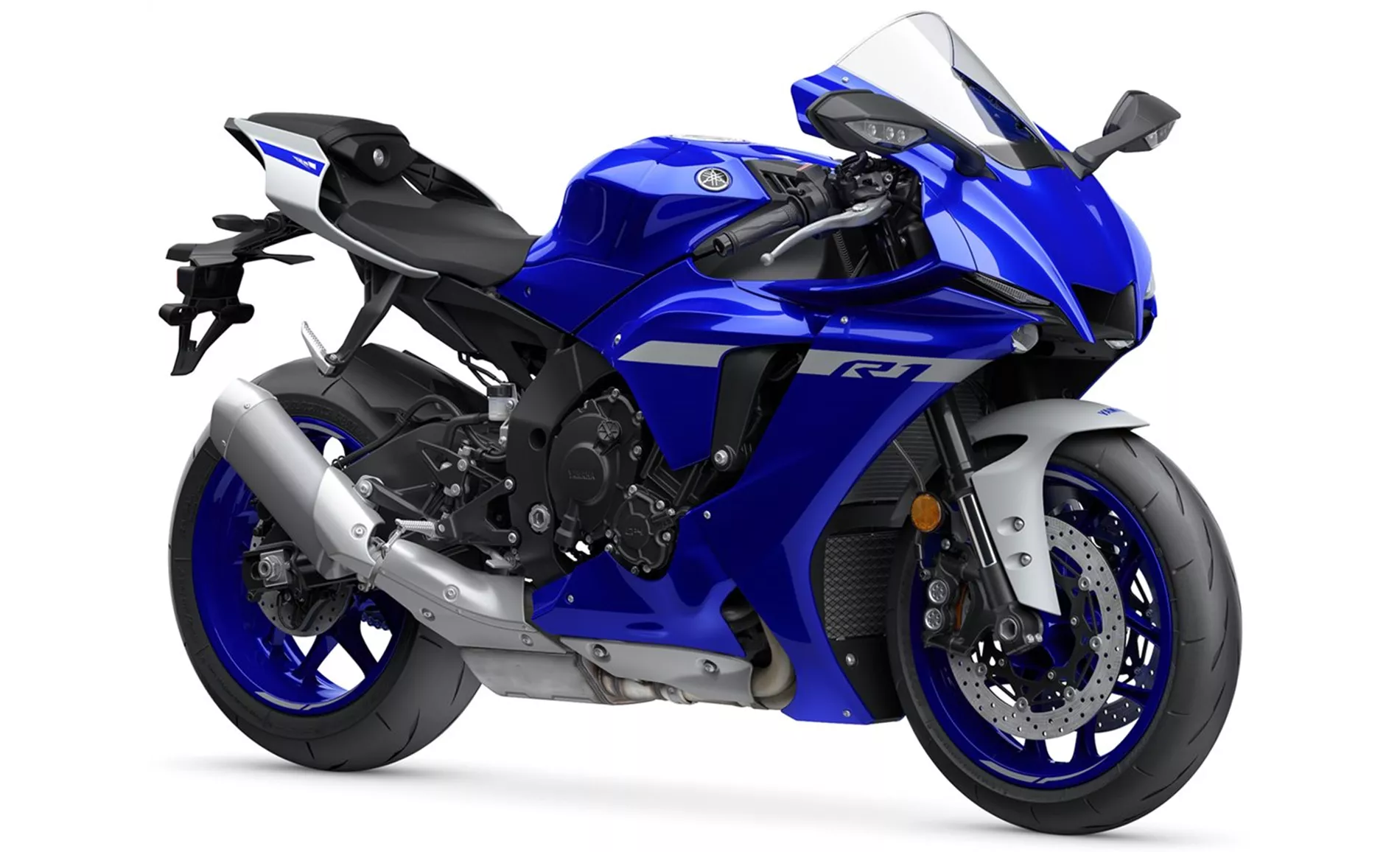
Yamaha R1 2020
The strengths of the Yamaha R1 2020 lie in its powerful engine, clean response, and great sound. The bike is known for its stable chassis and high-quality electronics, giving it a wonderfully noble overall impression.
However, the R1 does have a weakness when it comes to the brakes, which are not 100% satisfactory on the race track.
In conclusion, both the Ducati Panigale V4 S 2018 and the Yamaha R1 2020 have their own unique strengths and weaknesses. The Panigale V4 S offers impressive engine power, excellent brakes, and a leading electronics package. On the other hand, the R1 boasts a powerful engine, clean response, and a stable chassis. Ultimately, the choice between these two superbikes will depend on individual preferences and priorities.
Technical Specifications Ducati Panigale V4 S 2018 compared to Yamaha R1 2020
Pros and Cons in comparison
Pros and Cons in comparison
Ducati Panigale V4 S 2018

The S version, on the other hand, is recommended for both road and racing riders. If the bike is ridden more ambitiously by a racer on the race track, the suspension will maintain its performance longer than with the basic version, whereby a slight adjustment of the front spring rate (for racers) is recommended. The lighter wheels have a noticeable effect on the handling. It is unbelievable to what a high level of innovation and technology in motorbike construction this bike has been raised. I have never experienced electronics that respond so sensitively.
Yamaha R1 2020
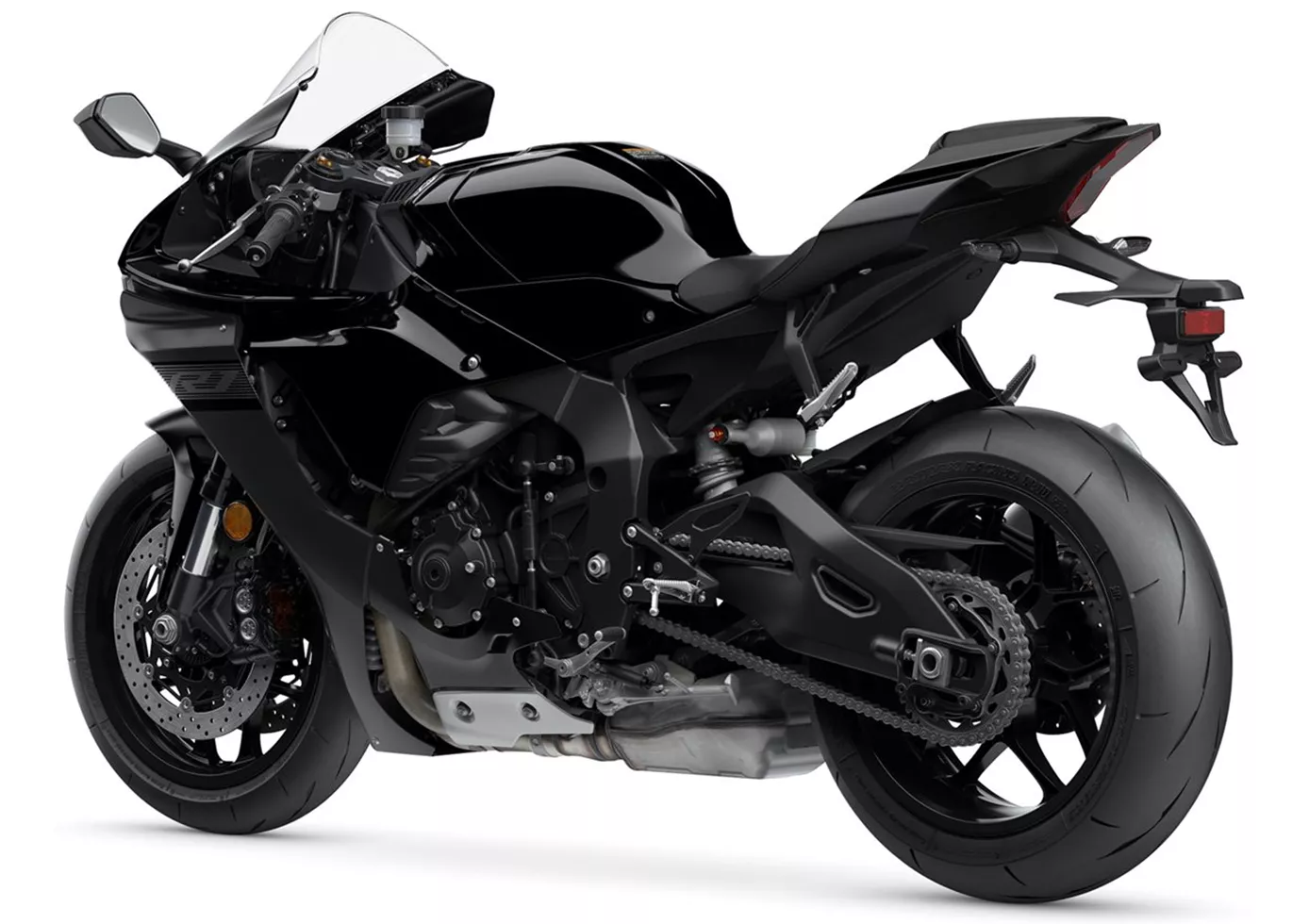
The Yamaha YZF-R1 is mature and makes countless racetrack pilots happy. The engine shines with lightness and agility, the seating position surprises positively and the handling is radical but still "suitable for the masses". The machine immediately stands out visually and also because of the heart-warming sound. Especially on the country road, the bike scores with its well-known strengths: great engine, great electronics, great package! A real pleasure to ride!
Price Comparison Avarage Market Price Ducati Panigale V4 S vs Yamaha R1
There are a few key differences between a Ducati Panigale V4 S 2018 and a Yamaha R1 2020. In terms of price, the actual average price of a Yamaha R1 2020 is about 6% higher. A Ducati Panigale V4 S 2018 experiences a loss of 1,950 GBP in one year of ownership. This is offset by a loss of 1,250 GBP for a Yamaha R1 2020. Compared to Yamaha R1 2020 there are less Ducati Panigale V4 S 2018 bikes available on the 1000PS.de Marketplace, specifically 5 compared to 9. It takes less time to sell a Yamaha R1 with 86 days compared to 97 days for the Ducati Panigale V4 S. Since model year 2018 1000PS.de editors have written 21 reviews for the Ducati Panigale V4 S and 80 reviews for the Yamaha R1 since model year 2005. The first review for the Ducati Panigale V4 S was published on 05/11/2017 and now has more than 131,500 views. This compares to more than 3,900 views for the first review on Yamaha R1 published on 28/04/2003.

